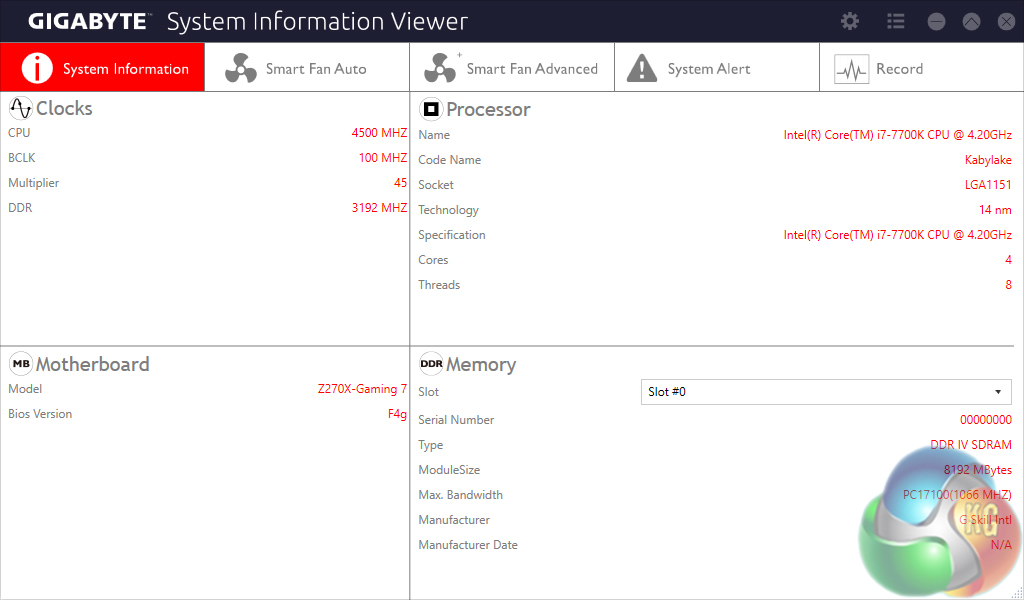
Why PWM? In general PWM fan control is more precise and offers a standard where vendors can custom design their own fan regulator for their fans, so the user gets the best experience. Voltage mode headers don't have a fourth pin all the time, but they do control both PWM and voltage mode fans. It would switch on and off much like a PWM fan would to control voltage mode fans. Voltage mode has changed a bit over the years, where in the past it might have been linear regulators altering the 12v line, it's now possible to find a buck converter used to regulate the 12v line. Voltage Mode (3-pin fans):Voltage mode is where the motherboard uses some type of voltage regulator to regulate the 12v wire going to the fan. One of the benefits of PWM mode is that you can use one of these splitters and not strain the motherboard's fan header. You should stay away from putting too many PWM fans on one header as they constantly pull 12v, I would instead get one of the splitters that expands the 4th pin to many fans and gets 12v directly from the computer's power supply. In PWM mode the fan is fed 12v constantly, and then a PWM signal is sent up the fourth pin to the fan to control it.

PWM control is also used in your VRM and throughout your motherboard in many different places. If you feed a fan 12v constant and use a 50% duty cycle PWM rate, then you would theoretically get 6V.

That would result in a 50% duty cycle since you are pulsing (turning on) half the time. So let's say in a 10-second cycle we pulse five times to 100% for one second each time. These pulses result in a duty cycle, which can be used to calculate final voltage. PWM Mode (4-pin fans): Stands for pulse width modulation, and it basically means you get pulses (basically going to an ON position) at a periodic rate, and in this case, it's thousands of times a second.


 0 kommentar(er)
0 kommentar(er)
